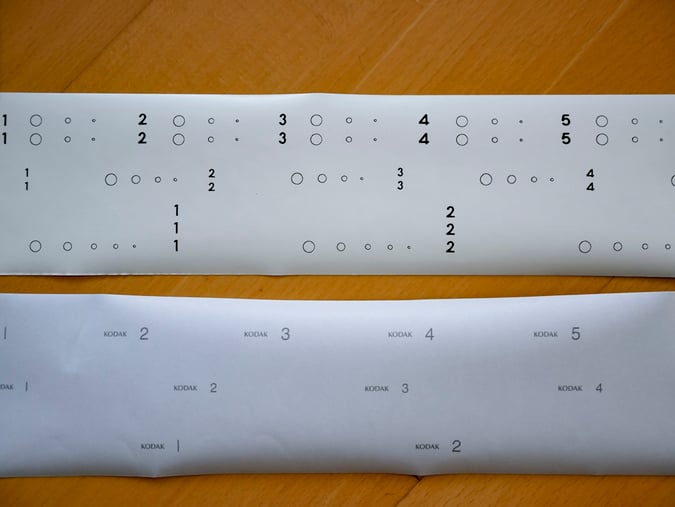Dante_Stella
Rex canum cattorumque
The Ilford emulsions all seem to be fine, I've been using new batches of their films, no issues so far.
Unfortunately, with the removal of some of the rows of numbers on the Kodak emulsions, they're unusable on many of the folders with window counters.
I've experienced the transfer issues, with disastrous results. I do not find myself sympathetic to the plight of folders because for the rest of us that use cameras with mechanical counters, this backprinting provides zero benefit and only the hazard of wrecking important pictures.
But guys - let's get real. Kodak fully supported the 120 film size with ruby windows for 115 years (it was introduced in 1901 and is the longest running rollfilm format).
The move away from ruby windows to mechanical frame counters began prior to WWII with Super-Ikontas and Rolleiflexes and was pretty much complete by the mid-1960s. If you have this "I can't see the numbers" issue, you may be using:
- A camera that is more than 50 years old
- A cheap Chinese back or homebrew panoramic camera
- A Lomo or Holga
Even among these, I'm sure that some can see the Kodak numbers. There have also been reports from late last year that a second bottom track of 6x9 frame numbers are coming back for the 6x9 Bessas.
Dante


